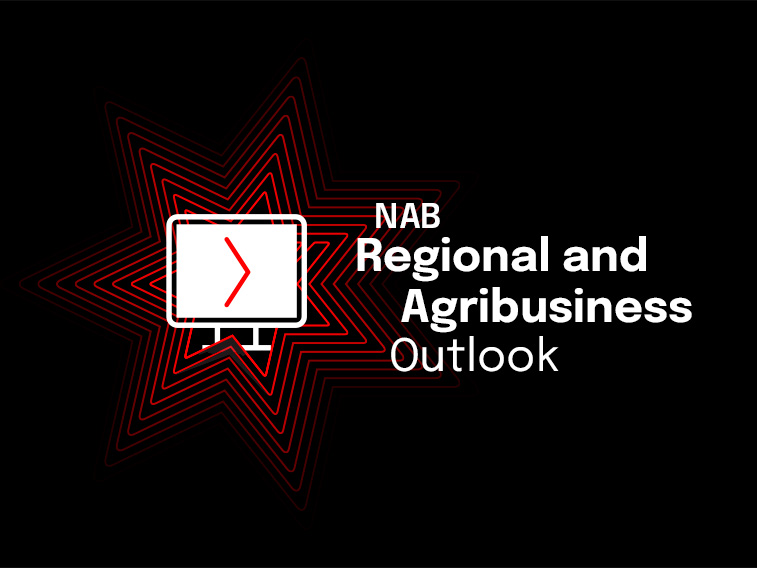The latest NAB Regional & Agribusiness webinar provides insights on the Australian & Global Economies, and a regional and rural property update. Watch the webinar here.

Webinar
Agribusiness Customer Executive Neil Findlay shares some useful examples of how dairy farmers are planning ahead.
What a great event International Dairy Week (IDW) is – a showcase of the industry, this month it ran for four days from January 20 in Tatura, Victoria.
NAB has a strong commitment to the dairy sector, both farmers and processors. It’s an important industry to us and that’s why we have people on the ground in all dairy regions across Australia. Some of them were in Tatura.
The sector is not without its head winds. The key issues our customers tell us they’re facing are milk price, seasonal conditions (eg. water allocations and low rainfall) and high input costs.
Many are looking at pricing options and ways to try and maximise return for their milk –including volume and quality incentives and looking at better term arrangements with their processor.
Additionally, some have made supply agreements with niche or smaller end users in order to maximise returns.
Likewise, processors in a number of areas are actively looking for supply and some have invested in their factories to move to a more value-add product.
I believe it’s important to work closely with dairy companies and to use industry professionals, advisers or available information and negotiate the right outcome for your business. Commit only to something that you can fulfil and that’s right for your business.
Putting plans in place
Customers tell me they’re already actively planning for tough conditions – essentially having scenarios ready that they can enact relatively effectively should an issue come up.
These plans include:
Often, just being active will save problems later on. Sitting on your hands when you know you’ll have to pay more for grain will only result in issues with your cash flow or feed supplier further down the track. It will also place you under undue stress.
Have a chat with your bank or advisers, so you can come up with a response to the changed risk together.
Hopefully, this doesn’t all sound too negative or complicated, but simply cognisant of the key issues. The importance of strong financial control and having a good banking partner in these times can’t be understated.
Dairy farming has so many good things to show and is an important part of the agricultural economy. NAB looks forward to working together with dairy farmers to build on this into the future.
© National Australia Bank Limited. ABN 12 004 044 937 AFSL and Australian Credit Licence 230686.